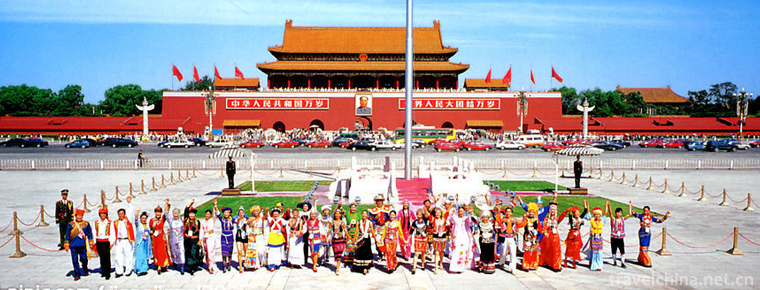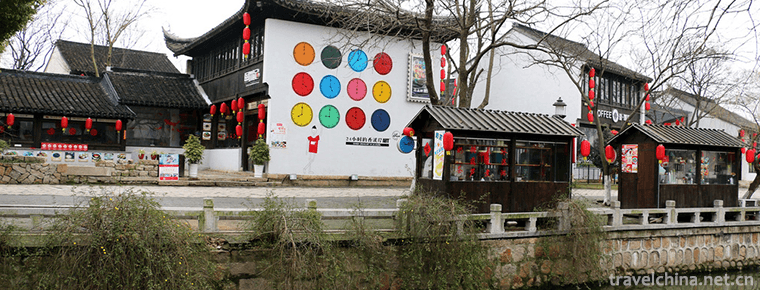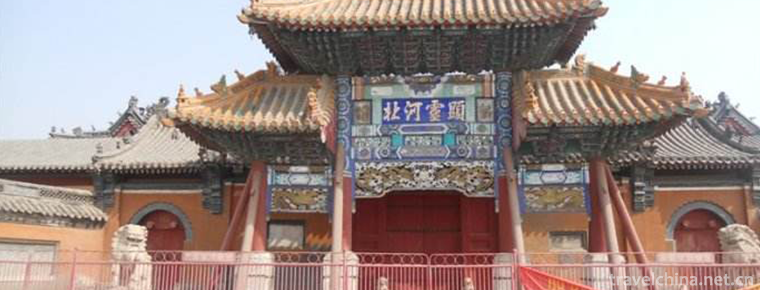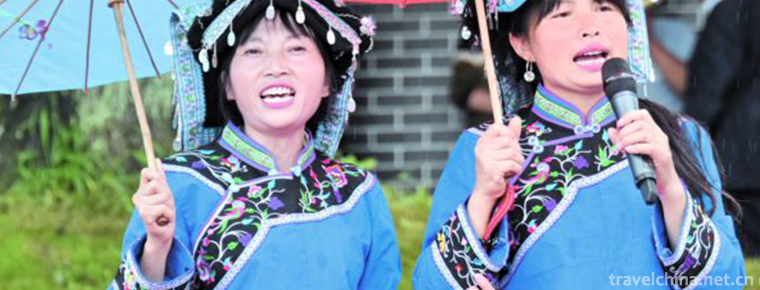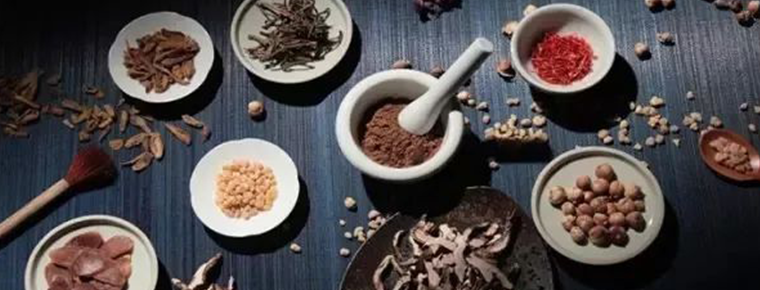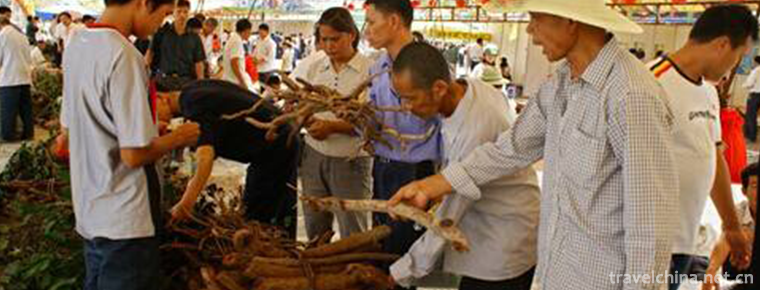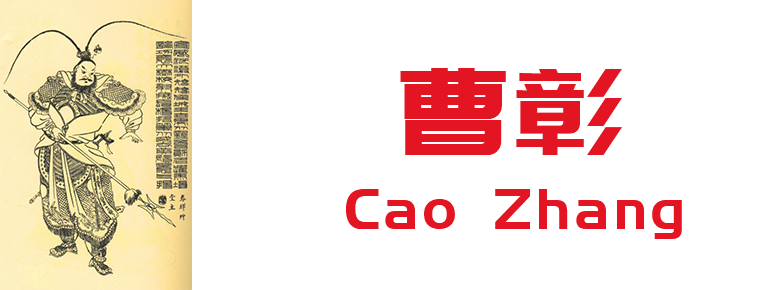The Firing Techniques of Jun Porcelain
The Firing Techniques of Jun Porcelain
Jun porcelain firing technology, Yuzhou City, Henan Province, traditional handicraft, one of the national intangible cultural heritage.
Jun porcelain firing technology has a long history. It was created in Tang Dynasty and flourished in Song Dynasty. After the death of Northern Song Dynasty, Jun kiln ceased firing. The scattered craftsmen spread this skill to all parts of the country. In the Jin and Yuan Dynasties, Jun Porcelain was imitated in many places, but it could not be compared with the official kiln products of Song Dynasty. In Ming and Qing dynasties, Jun porcelain production developed slowly. After the founding of New China, it entered a period of comprehensive recovery.
On June 7, 2008, the firing technology of Jun Porcelain was approved by the State Council of the People's Republic of China and listed in the second batch of national intangible cultural heritage list, item number_-93.
historical origin
Jun kiln originated in the Tang Dynasty. At that time, ceramic craftsmen were no longer satisfied with the single blue color in the past. They began to innovate on the basis of the original ceramic technology. By applying different colored glazes on black glaze, brown glaze and tea end glaze and firing at high temperature, they produced flower porcelain, which is known as Tangjun in the field of ceramic history.
In the Northern Song Dynasty, craftsmen added trace element copper to the blue glaze on the basis of the Tang Dynasty's flowery porcelain technology, and succeeded in firing copper red glaze in high temperature kiln by reducing atmosphere. At the end of the Northern Song Dynasty, Jun Porcelain's firing skills were already very exquisite. During the reign of Huizong in Song Dynasty, he appointed officials to concentrate on the excellent craftsmen of Jun Porcelain folk kilns and set up an "official kiln" near Juntai in Yangzhai (now Yuzhou) to make tribute ceramics for the court.
During the Jin and Yuan Dynasties, the god-mirage folk still insisted on firing Jun Porcelain, but the quality has seriously declined, neither the shape nor the glaze color can match the Jun Porcelain of Song Dynasty. In the three years of Wanli in Ming Dynasty, Jun Porcelain was ordered to stop production because of its taboo against Emperor Zhu Yijun. In the following 300 years, Jun porcelain production disappeared until the end of the Qing Dynasty. After the founding of New China, with the strong support of the government, Jun kiln was able to recover and develop, making this ancient art rejuvenated. Since then, Jun Porcelain has entered a new period of great development. After the reform and opening up, Jun Porcelain has ushered in a peak period of development. With its noble and elegant temperament, Jun Porcelain is highly respected by people.
Process characteristics
Jun porcelain is based on shape. Its shape pays attention to momentum and charm, beauty of form and curve, proper proportion and moderate straightness. In addition, it also pursues the harmony and unity of practicality and ornamentality.
Jun Porcelain takes glaze as its artistic carrier. Compared with exquisite and exquisite modern porcelain, Jun enamel is thick, dignified and opaque. Its color or sunken glaze bottom, or suspended glaze, or floating glaze surface, rich in layers; the kiln landscape formed is natural and lifelike, ever-changing, with a strong artistic appeal and impact.
Technological process
Jun Porcelain is made of clay, feldspar, quartz and other raw materials, with various mineral components as glaze. The traditional firing process of Jun Porcelain needs 72 processes, such as batching, shaping and glazing. In modern production, the firing of Jun Porcelain generally needs eight processes: processing, moulding, moulding, plain firing, glazing, glaze firing, inspection and selection. Jun kiln needs to undergo two firing processes. After plain firing, it is necessary to glaze again. That is to say, the surface of plain tire should be brushed, poured, dipped and rinsed with a layer of glaze slurry with natural minerals and chemical elements as raw materials and then fired in the kiln. Under high temperature conditions, the Jun glaze takes copper and iron as colorant, and the glaze color overlaps with the grain. After the kiln comes out, it can show colorful and varied kiln effect.
Jun kiln porcelain often changes from kiln to kiln, besides the original glaze, it also changes other colors. The precious of Jun porcelain is its unique kiln glaze color. Its glaze color is formed naturally in the firing process. It is not artificially depicted. The glaze color of every Jun porcelain is unique, so there is the saying that "Jun porcelain is unique".
Inheritance and protection
Inheritance value
As an artistic treasure of the Chinese nation, Jun Porcelain has its unique national style and unique artistic characteristics. Its value is mainly embodied in the value of firing technology, aesthetic value of literature and art, scientific value, brand value, economic value, collection and appreciation value, practical value and so on.
Inheritance status
In recent years, with the popularization of mechanized technology in ceramic industry and the application of natural gas furnace and electric furnace, the traditional firing technology of Jun porcelain is declining day by day. The cultural connotation and artistic quality of Jun porcelain are declining. It is urgent to protect the traditional firing technology of Jun porcelain.
Inheriting characters
Yang Zhi, male, Han nationality, was born in 1947 in Shenhou Town, Yuzhou City, Henan Province. In June 2009, Yang Zhi was selected as the representative successor of the third batch of national intangible cultural heritage projects and declared in Yuzhou City, Henan Province.
Ren Xinghang, male, Han nationality, born in January 1955, is a native of Shenwu Town, Yuzhou City, Henan Province. In December 2012, Ren Xinghang was selected as the representative successor of the fourth batch of national intangible cultural heritage projects and declared in Yuzhou City, Henan Province.
protective measures
In 2008, the Yuzhou Municipal Committee and the Municipal Government invested in the construction of the Yuzhou Junguan Kiln Site Museum, which was designed by Professor Qikang, academician of the two academies and master architect of architecture. With the Junguan Kiln Site of the Northern Song Dynasty as the core of the national key cultural relics protection unit, it is a special Museum of ruins, which integrates the protection of the sites, display of cultural relics, technological research and development, academic exchanges, production of Junguan and publicity and education.
In 2011, Jun Porcelain Culture Experimental Zone opened a column in Henan Daily and Xuchang Morning Post to publicize and report the experimental zone, Jun Porcelain Culture Industry and famous kilns. Jointly with Yuzhou TV Station, a special film "The Power of Jun Porcelain" was produced to publicize Jun Porcelain Culture and Shen Anti-ancient Town. It was broadcast continuously on the channel of "Jun Porcelain" of Yuzhou TV Station. He participated in the recording of CCTV's "Happy China Travel. Charming Yuzhou" column, and promoted Jun Porcelain Culture, Xia Yu Culture and Traditional Chinese Medicine Culture.
social influence
Honorary commendation
In 2011, in the first "Earth Award" Ceramic Creation Competition, 18 pieces of Jun Porcelain firing skills were awarded, including 5 gold medals.
Important exhibition
On June 6, 2017, the 4th Jun Porcelain Firing Skills Project Inheritance and Apprenticeship Competition and the 2nd Traditional Craft Exhibition in Xuchang City were held, and Jun Porcelain Firing Skills were displayed.
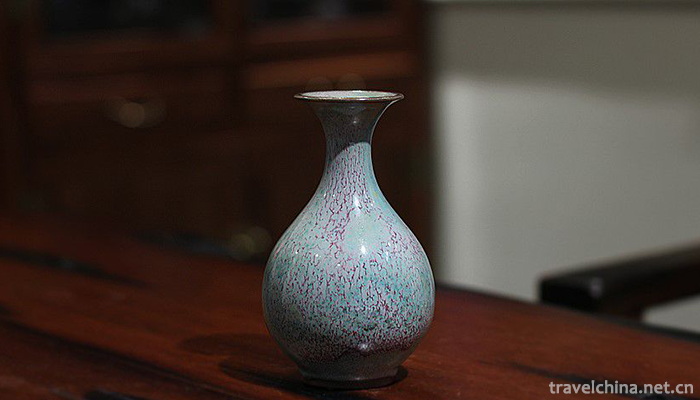

The Firing Techniques of Jun Porcelain
-
South Lake
Nanhu, formerly known as Luweichi Lake, also known as Machang Lake and Luanhu Lake , is located in Nanhu District, Jiaxing City, Zhejiang Province
Views: 258 Time 2018-12-07 -
Suzhou suburb mudu town
Mudu Ancient Town, nicknamed Duchuan, Xujiang and Xiangxi, is located in the southeast of Jiangsu Province and the west of Suzhou Ancient City. Located in the Taihu Lake Basin
Views: 167 Time 2019-02-07 -
Anguo City
Anguo City, formerly known as Qizhou, is now the jurisdiction area of Baoding City, Hebei Province, 100 kilometers south of Shijiazhuang, the provincial capital.
Views: 293 Time 2019-03-30 -
Buyi Chabai Song Festival
The Buyi Chabaige Festival is a commemorative festival of the Buyi people in Xingyi, southwest Guizhou Province. It is held in Chabaichang, Dingxiao Town, Xingyi City
Views: 181 Time 2019-04-04 -
Traditional fragrance making techniques
Fragrance, originated from herbs, not only fragrance overflowing nose, but also eliminating pollution, curing illness, recuperating body and mind, in a relaxed and happy heart, helping people calm dow
Views: 143 Time 2019-04-21 -
Manas
Manas, the traditional folk literature of Kirgiz Autonomous Prefecture in Kizlesu, Xinjiang, is one of the national intangible cultural heritage.
Views: 243 Time 2019-05-16 -
Drug Market Customs
Pharmaceutical market is a trade fair held regularly in the centralized distribution center of traditional Chinese medicines with historical origin. There are more than 110 centralized distribution ce
Views: 225 Time 2019-07-11 -
Acupuncture
Acupuncture means that under the guidance of traditional Chinese medicine theory, needles (usually filiform needles) are punctured into patients'bodies at a certain angle, and needling techniques such
Views: 124 Time 2019-07-25 -
Cao Zhang
Cao Zhang (189 years - 223 August 1st), Zi Zi Wen. Pei Guo Qiao County ( Anhui People in Bozhou. Three countries period the Wei state of the Three-Kingdoms Period Imperial clan, general, Wei Wu Di Cao
Views: 184 Time 2019-09-15 -
Neijiang folk culture
Bull lantern dance is popular in Yuexi. One dressed as a shepherd boy and two dressed as cattle with cow shaped props. In the sound of gongs and drums, the shepherd boy first said doggerel to the audience to express the festival's congratulations, and then
Views: 367 Time 2020-12-16 -
Nanchong City honor
"Three products" strategy demonstration city of consumer goods industry, charming city with Chinese characteristics, national garden city and excellent tourism city in China
Views: 309 Time 2020-12-17
